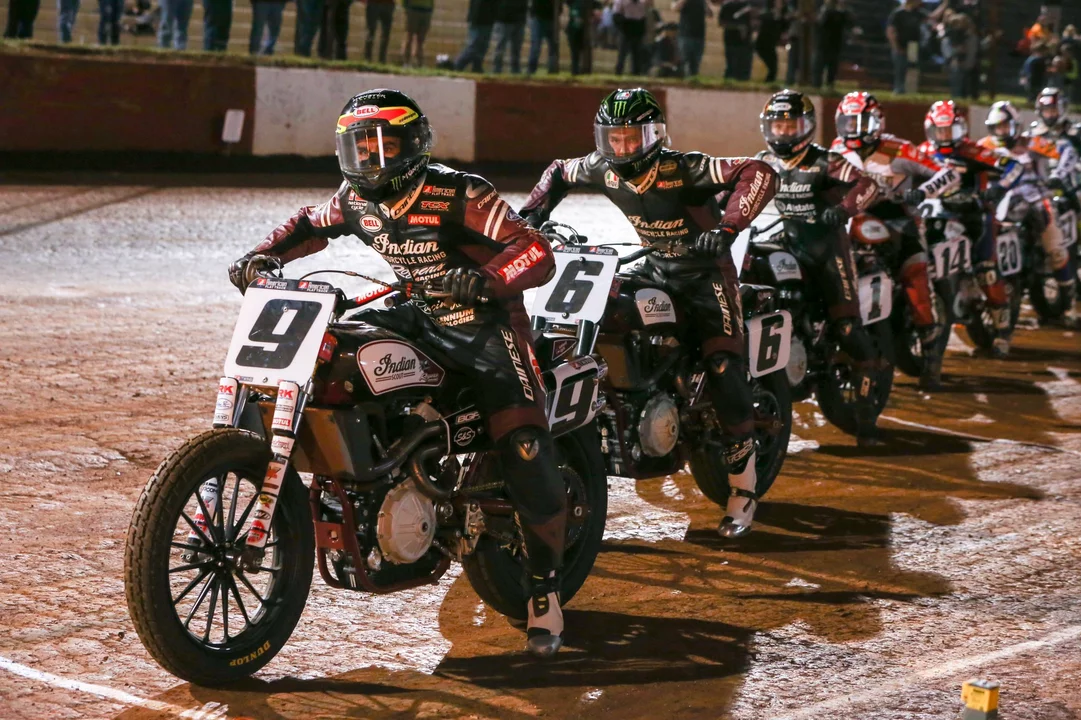Motorcycle Racing: News, Tips, and Insider Guides
When diving into motorcycle racing, the high‑speed sport where riders compete on two‑wheeled machines around closed circuits or public roads. Also known as two‑wheel racing, it blends skill, machine tech, and sheer adrenaline. MotoGP, the premier international Grand Prix series Grand Prix motorcycle racing sits at the top of the ladder, while Superbike, a production‑based championship that tweaks road‑legal bikes for competition World Superbike Championship offers a different flavor of speed. Both series need a proper racing license, a credential proving a rider has met safety and skill standards rider’s license before hitting the track. Speaking of tracks, racing circuits, purpose‑built venues with twists, turns, and safety barriers designed for high‑speed competition track are the battlegrounds where all this action unfolds.
Why Motorcycle Racing Still Thrills Fans
Motorcycle racing isn’t just about raw speed; it’s a showcase of rider talent, engineering breakthroughs, and strategic team work. The sport demands quick reflexes, precise body positioning, and deep knowledge of bike setup. In MotoGP, for example, teams constantly tweak engine maps and aerodynamics to shave off tenths of a second—an example of how technology drives performance. Superbike teams, on the other hand, focus on extracting maximum grip from near‑stock components, highlighting the balance between factory engineering and rider feedback. Both series rely heavily on data analysis tools, and that data fuels decisions on tire selection, fuel load, and suspension settings, proving that racing strategy, the plan for qualifying, race pace, and pit stops is as crucial as the rider’s skill.
The pathway into the sport starts with a solid foundation. Most riders cut their teeth on kart‑style minibikes or junior championships, learning corner entry and exit techniques before moving up. Once they’re ready, obtaining a racing license becomes mandatory; this involves medical checks, a written test on track rules, and often a few supervised laps on a certified circuit. After the license, aspiring competitors choose a class—whether it’s the Moto3 feeder series for MotoGP or the national superbike leagues that feed into World Superbike. These stepping stones illustrate the entity relationship: motorcycle racing encompasses junior series, national championships, and international events, which requires a racing license and progressive skill development.
Fans often wonder where to watch the action live. While the global calendar packs events across Europe, Asia, and the Americas, a handful of iconic circuits dominate the schedule. Tracks like the legendary Mugello Circuit, a scenic Italian venue known for its fast straights and challenging elevation changes host MotoGP rounds that draw massive crowds. In the superbike world, Phillip Island, an Australian track famous for its flowing corners and coastal winds offers a unique test of rider bravery. Both circuits illustrate how racing circuits provide the stage where motorcycle racing unfolds, shaping the season’s narrative.
Technology continues to reshape the sport. Recent years have seen the rise of electronic aids like traction control, slide‑control, and win‑assist systems, especially in MotoGP where manufacturers push the envelope. Superbike regulations limit the extent of electronic intervention, keeping the focus on rider input and mechanical grip. This contrast underscores a key semantic connection: MotoGP leverages advanced electronics while Superbike maintains closer ties to production bike technology. Understanding these differences helps readers grasp why each series feels distinct, even though both fall under the umbrella of motorcycle racing.
If you’re curious about the business side, sponsorship and media rights are vital revenue streams. Teams secure backing from motorcycle manufacturers, tire brands, and energy drink companies, turning rider success into marketing gold. Media outlets broadcast races live, offering real‑time telemetry graphics that help viewers follow overtakes and strategy shifts. This ecosystem shows that motorcycle racing interacts with commercial partners and media platforms, creating a cycle that funds team development and fan engagement.
Whether you’re an aspiring rider, a die‑hard fan, or just someone who loves the roar of engines, the collection below brings you a mix of career advice, event updates, and deep dives into the sport’s tech. You’ll find tips on getting a racing license, breakdowns of upcoming MotoGP and superbike races, and insights into how circuits shape race outcomes. Dive in to see how each piece fits into the larger puzzle of motorcycle racing, and discover actionable knowledge you can apply whether you’re on the track or cheering from the stands.

What are some sponsors for motorcycle racing in India?
Motorcycle racing in India has been gaining popularity, and with it, the support of various sponsors. Some of the prominent sponsors for motorcycle racing in India include TVS Racing, Hero MotoCorp, and Honda Motorcycle and Scooter India. These companies not only support the racing teams financially but also contribute to the development of the sport in the country. It's great to see that these sponsors are also helping to nurture young talent and promote the sport on a grassroots level. With the continued support from these sponsors, I believe that motorcycle racing in India has a bright future ahead.


